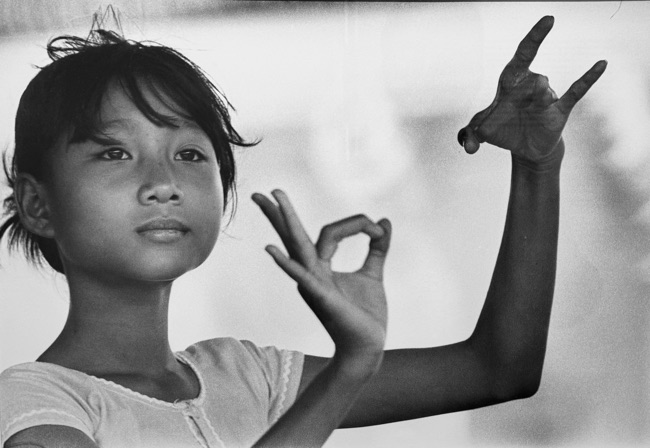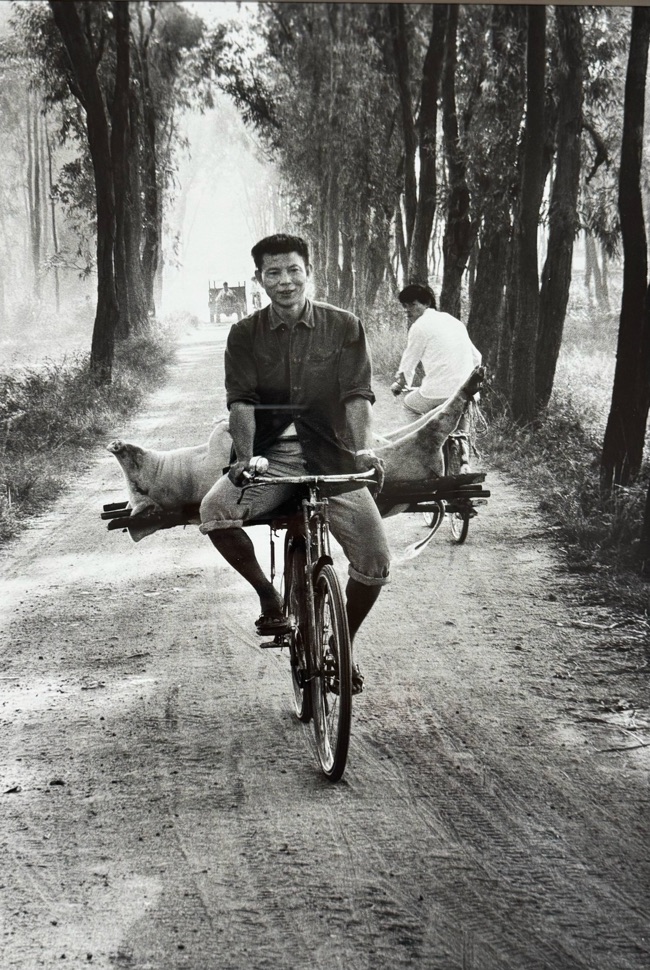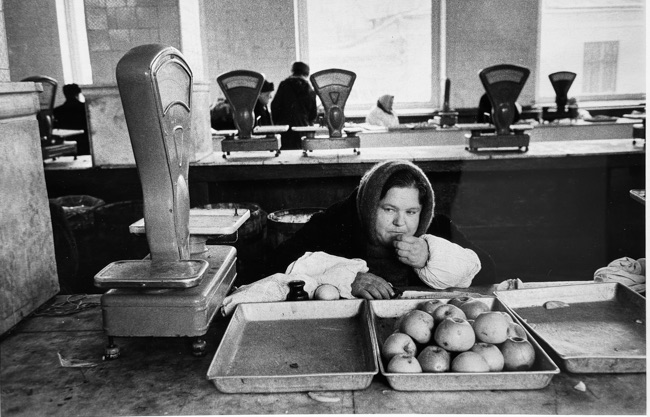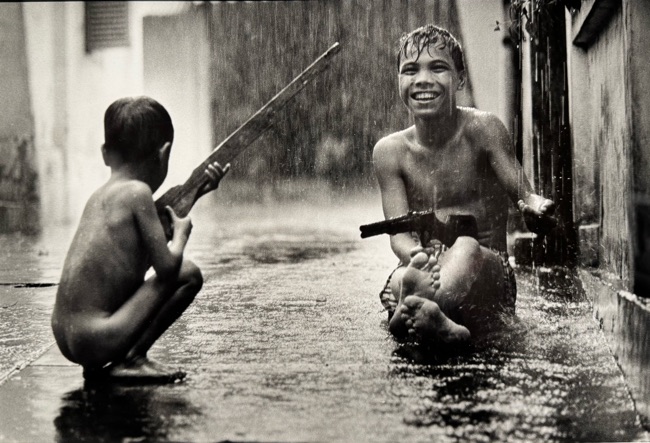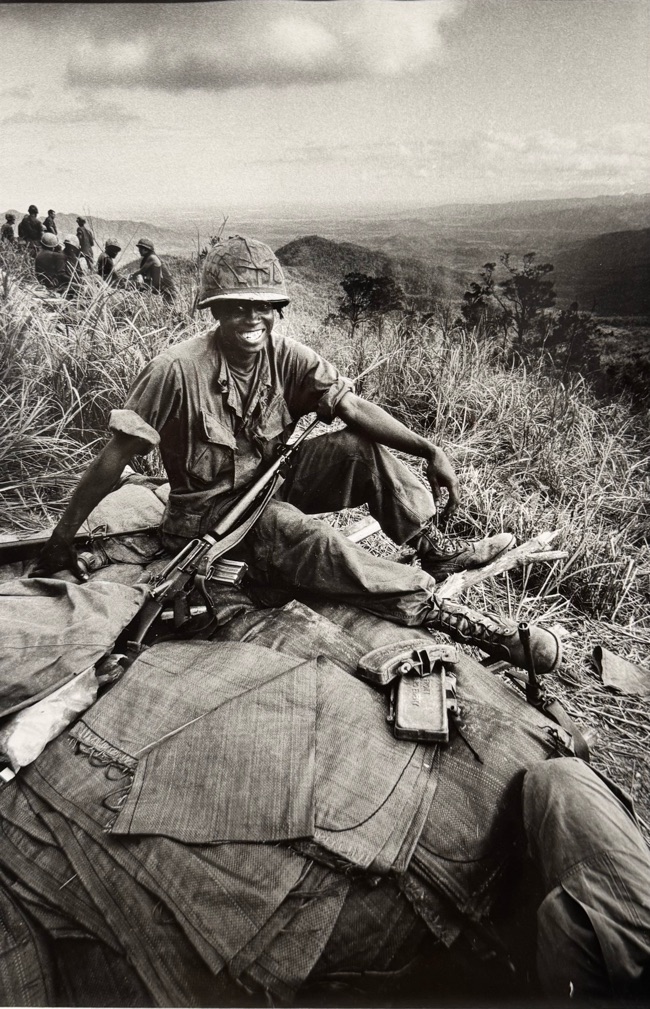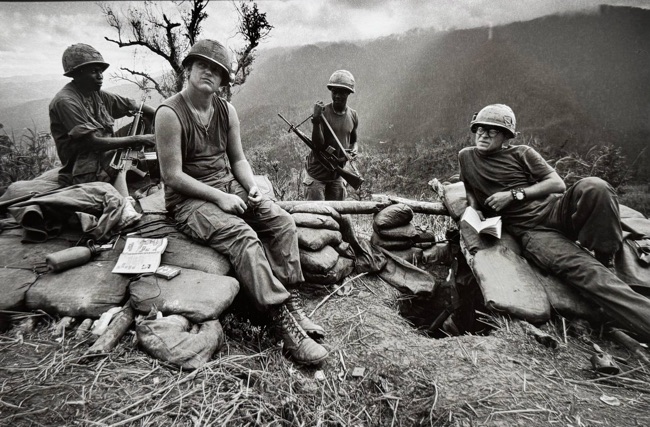Sage comme une image, maybe loosely translated to “the picture of innocence”, that’s how a young woman at the turn of the 1970s was expected to be. Marie-Laure de Decker was anything but. She dreamed of becoming a photojournalist, and at the time, the Vietnam War was the place to be. So she went, and she conquered.
Following in the footsteps of Robert Capa, Gilles Caron, Don McCullin, and other great photojournalists before her, de Decker took her own unique path. Her photography is profoundly humane. While many of her (mostly male) contemporaries sought out raw and shocking images of war, she turned her lens toward the dignity, resilience, and vulnerability of those living through it. From the battlefields of Vietnam to the realities of apartheid in South Africa, from Pinochet’s Chile to Chad and Yemen, her work captures the lived experience behind the violence, the breaks between battles, the grief, the defiant gaze of soldiers. In that sensitivity, she reminds me of the pictures of Eddy van Wessel, whose work about Ukraine I recently encountered in Hilversum. The Maison Européenne de la Photographie has chosen to honor figures like Marie-Laure de Decker, beginning with a major retrospective of her work, titled The Image as Engagement. Her self-portraits with a bold head or with a helmet in a jet fighter greet us and invite us to step into her world, definitely not a world of innocence.
